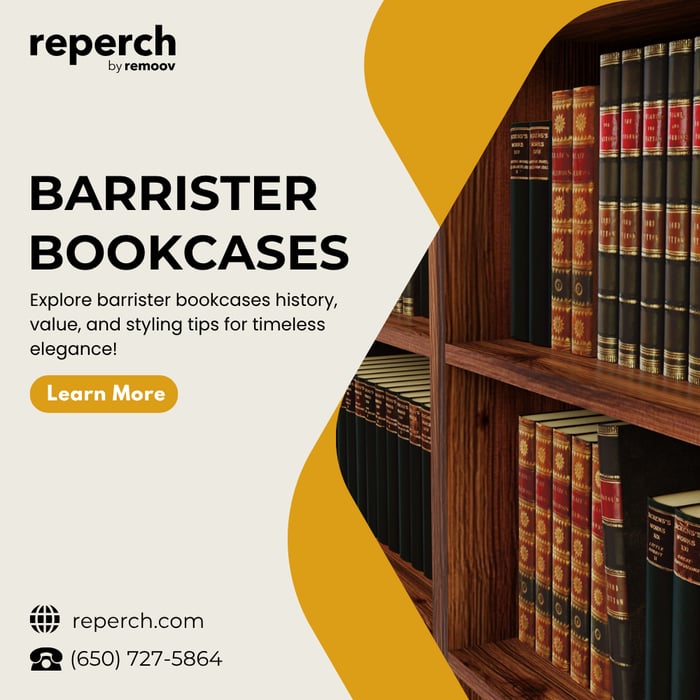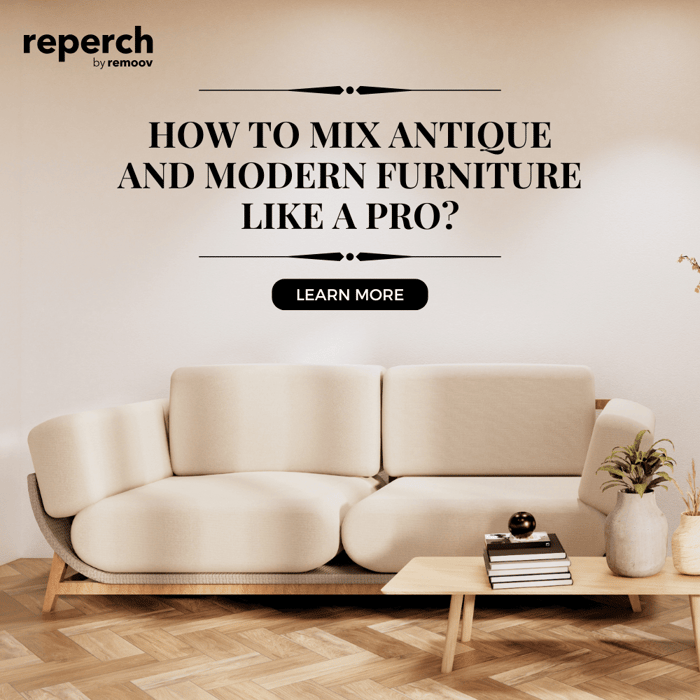Table of Contents
- What Is a Barrister Bookcase?
- A Brief History of the Barrister Bookcase
- Recognizing Key Styles of Vintage Barrister Bookcases
- What Makes a Barrister Bookcase Valuable?
- How to Style a Barrister Bookcase in a Modern Home
- Buying Tips: What to Look for in a Secondhand Barrister Bookcase
- Can You Refinish a Barrister Bookcase?
- Why Barrister Bookcases Are a Sustainable Choice
- Final Thoughts
Few pieces of furniture combine elegance, practicality, and history quite like the vintage barrister bookcase. Originally designed for lawyers in the 19th century, these modular glass-fronted shelves remain a timeless addition to modern homes offering both character and function. Whether you’re a collector, a decorator, or simply drawn to classic craftsmanship, this guide will help you understand the origins, styles, and secondhand value of barrister bookcases and how to style them for today’s spaces.
What Is a Barrister Bookcase?
Barrister bookcases also known as lawyer’s bookcases are modular, stackable shelves traditionally made from hardwood and fitted with glass-panel doors that swing up and slide back into the unit. These shelves were originally created to protect legal books from dust and weather during travel between courtrooms and offices.
Each section of a barrister bookcase functions as its own self-contained unit. You can stack multiple layers to expand your collection, or use just one or two tiers in smaller spaces. The hallmark of this design is its versatility: it adapts to your storage needs without sacrificing aesthetics.
A Brief History of the Barrister Bookcase
The story of the barrister bookcase begins in 17th and 18th century England, when owning books was considered a mark of education and wealth. As books were expensive, protecting them was essential especially for barristers (lawyers) who needed to transport legal volumes from place to place.
To shield their valuable collections from dust, dampness, and damage, these legal professionals began using wooden bookcases with protective glass doors. The design evolved to become modular and portable, with separate units that could be loaded onto carriages and reassembled in new locations. This structure made it easier to move entire libraries without unpacking.
By the late 1800s and early 1900s, manufacturers like Globe-Wernicke and Hale Mfg. Co. popularized this furniture style in the United States. The format gained popularity beyond law offices and into homes, libraries, and schools and it has remained in demand ever since.
Recognizing Key Styles of Vintage Barrister Bookcases
If you're looking to buy or identify a secondhand barrister bookcase, it's helpful to know the most common styles and materials from various time periods:
Mission Style
Design: Clean lines, minimal ornamentation
Materials: Solid oak or other sturdy hardwoods
Era: Early 1900s
Noted for: Simplicity and function, reflecting the Arts and Crafts movement
Art Deco
Design: Geometric shapes, bold details, sometimes mirrored elements
Materials: Wood with chrome or brass accents
Era: 1920s–1930s
Noted for: Sophistication and glamour
Victorian
Design: Intricate carvings, decorative woodwork, embellishments
Materials: Often made from walnut or mahogany
Era: Late 1800s
Noted for: Ornate beauty and historical detail
Edwardian
Design: A balance of traditional and modern elements
Materials: Lighter woods like beech or oak
Era: Early 1900s
Noted for: Graceful curves and understated elegance
Globe-Wernicke Style
Design: Stackable modular units, metal banding for alignment
Materials: Oak, mahogany, or golden oak
Era: 1899 onwards
Noted for: Functional design still in use today
Hale Bookcases
Design: Sectional units with traditional joinery
Materials: Sustainably sourced North American hardwoods
Era: Since 1907
Noted for: American-made durability, available both vintage and new
What Makes a Barrister Bookcase Valuable?
The secondhand value of a barrister bookcase depends on several key factors:
1. Materials Used
High-value woods include mahogany, walnut, and solid oak
Look for natural finishes that highlight the grain
2. Craftsmanship and Construction
Check for dovetail joints, smooth gliding glass panels, and original hardware
High-quality units will feel solid, not flimsy
3. Manufacturer Labels
Globe-Wernicke and Hale pieces often have maker’s marks inside the shelves or on the back panel
Labels increase collectibility and resale value
4. Glass Quality
Lead glass or decorative panes often suggest older, higher-end construction
Clear, non-tempered glass is typical of mid-century styles
5. Condition and Modifications
Light scuffs and scratches are normal and may be restorable
Refinished pieces can still hold value especially if tastefully done
How to Style a Barrister Bookcase in a Modern Home
You don’t need to be a book collector to enjoy a barrister bookcase. These pieces are incredibly versatile and can work in many rooms:
Living Room
Store and display vinyl records, media collections, or decorative objects
Stack horizontally for a low-profile TV stand or media console
Entryway or Hallway
Use narrow barrister units for shoes, mail, and everyday storage
Add a bench cushion to create a dual-purpose seat and organizer
Dining Room
Showcase glassware, dishes, or collectible table linens
The enclosed glass keeps dust off your items while keeping them visible
Bedroom or Office
Store books, journals, or art supplies in a way that feels classic and curated
Place under a window or next to a desk as a functional display piece
Kitchen
Use for open pantry storage perfect for dry goods in jars or displaying vintage mugs
The glass doors protect items without hiding them
Buying Tips: What to Look for in a Secondhand Barrister Bookcase
When browsing secondhand options whether on Reperch, at estate sales, or vintage shops keep the following checklist in mind:
Inspect the wood type: Mahogany and walnut = higher value
Check for labels: Look on the back panel or shelf interior
Open and close each door: It should glide easily and recess into the unit
Examine the glass: Original glass is a plus, but replacements should still fit snugly
Review joints and finishes: Signs of sturdy joinery and minimal water damage are good indicators
Consider flexibility: Modular units offer more layout options, especially in small spaces
Can You Refinish a Barrister Bookcase?
Yes. Many secondhand or antique barrister bookcases may need light restoration. Some easy updates include:
Wood touch-ups: Use wood filler and matching stain for minor scratches
Repainting: Choose matte neutrals for a modern touch or soft hues for coastal-inspired rooms
Replace broken glass: Use a local glazier to match original dimensions
Add feet or trim: For an updated silhouette or to increase height
Restoration can enhance resale value while letting the bookcase blend into your existing decor.
Why Barrister Bookcases Are a Sustainable Choice
Buying a vintage or secondhand barrister bookcase is a sustainable alternative to fast furniture. These pieces were built to last using solid wood, timeless design, and repairable components. Choosing vintage over new helps reduce waste and gives heirloom-quality craftsmanship a second life.
At Reperch, our curated collection includes a range of barrister-style bookcases, hand-selected for their condition, charm, and usability in modern homes. We believe every piece of furniture should serve a purpose and a barrister bookcase does exactly that.
Final Thoughts
Barrister bookcases are more than just storage they’re conversation starters, functional art, and a reflection of how we value the objects and stories we choose to keep. With their rich history, collectible charm, and ability to elevate almost any room, these iconic bookcases deserve a place in the homes of today.
Whether you're looking to buy a vintage barrister bookcase or give one a new purpose in your home, you’ll find that its blend of beauty and utility stands the test of time. And with a little care, it might just become your next favorite piece.








